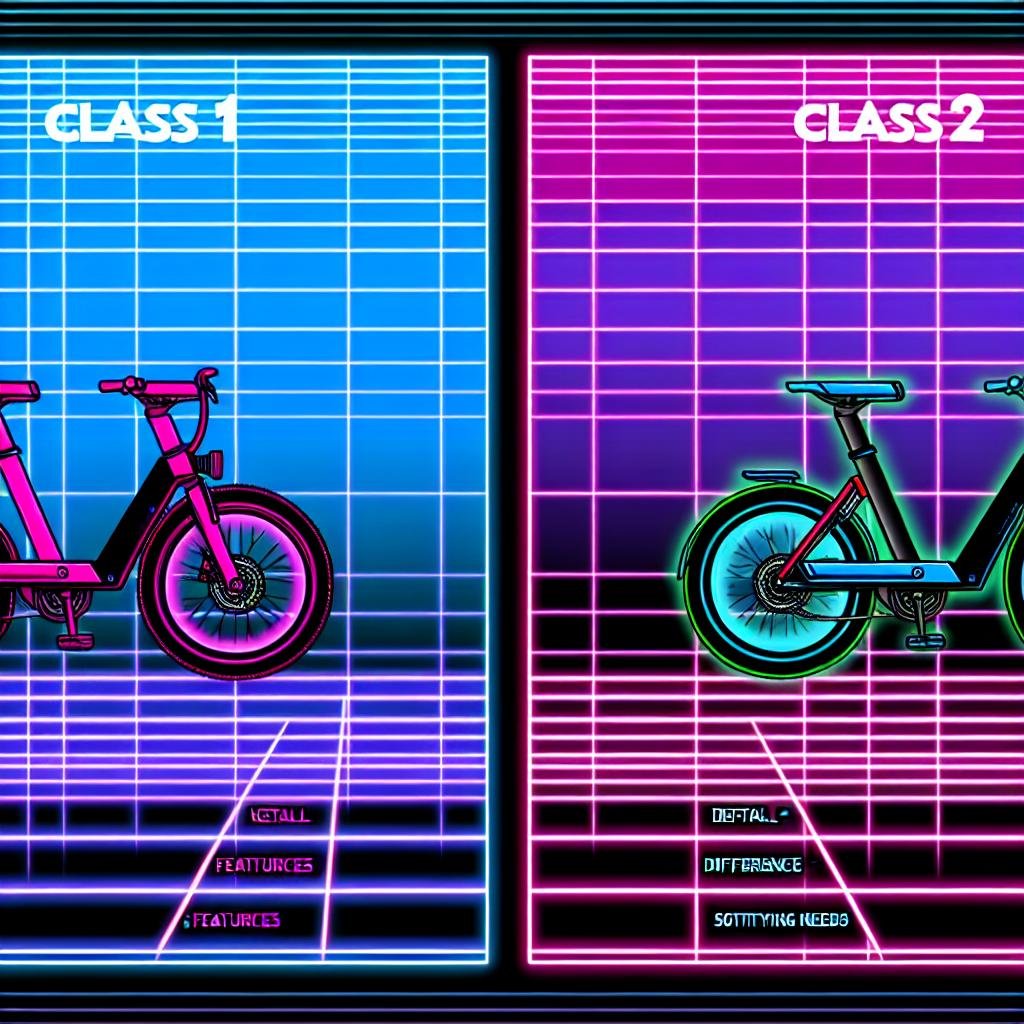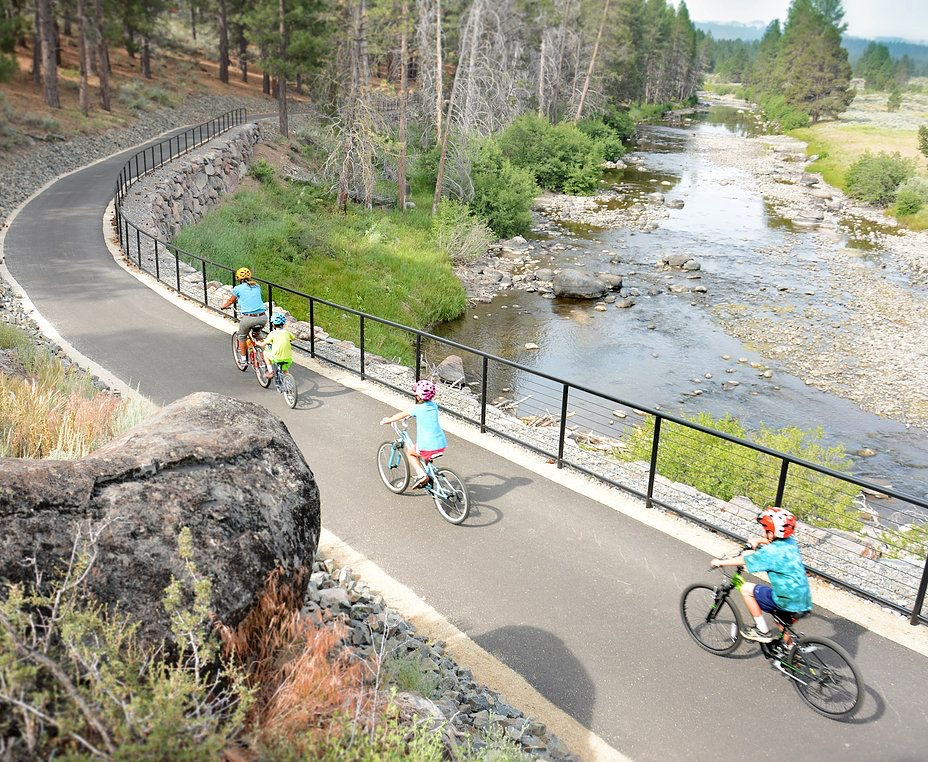When deciding between a Class 1 and Class 2 e-bike, it's essential to understand the key distinctions that cater to different cycling needs. Class 1 e-bikes are pedal-assist only, with the motor kicking in to help you pedal but cutting off once you reach 20 mph. This makes them great for those who enjoy cycling but appreciate a boost up hills or during longer rides, ensuring a more traditional biking experience. On the other hand, Class 2 e-bikes offer both pedal assist and a throttle, allowing you to ride without pedaling at all up to speeds of 20 mph. This feature is particularly beneficial for those looking for a comfortable ride, reducing fatigue and providing an easy commute, especially in urban settings.

Are Class 3 E-Bikes Illegal?
The legality of Class 3 e-bikes can vary significantly from one region to another, which makes understanding local laws crucial before making a purchase or taking a ride. In many places, Class 3 e-bikes are legal but come with specific restrictions due to their higher speeds of up to 28 mph. They are often required to be ridden on roadways or bike lanes rather than multi-use paths to ensure safety for all users. Additionally, some regions may require riders to be of a certain age or to wear helmets. Always check your local regulations to stay compliant and safe on the road.
Why Are Class 2 E-Bikes Good?
Class 2 e-bikes are an excellent choice for many riders due to their versatility and ease of use. The throttle feature allows for motor engagement without pedaling, which can be a significant advantage for those needing a break from physical strain or when starting from a stop. This makes Class 2 bikes especially good for urban commuters who might face stop-and-go traffic or for riders recovering from injury who wish to gradually get back into physical activity. Moreover, the flexibility to switch between throttle and pedal-assist modes allows riders to customize their experience to match their needs and energy levels throughout their journey.


